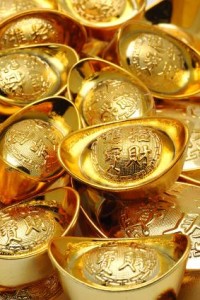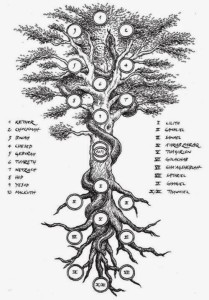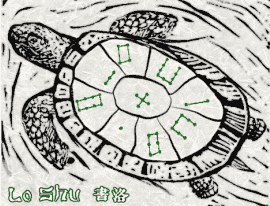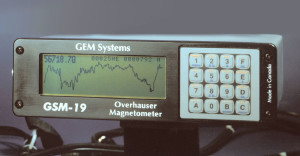The Feng Shui method: analysis of the limitations and strengths of a traditional knowledge system.
Much has been written and said about the alleged scientific nature of Feng Shui, which like all ancient systems of knowledge, one of all astrology, is always subjected to careful scrutiny by the scientific community.
Used mainly by architects as a professional skill, as a matter of fact Feng Shui for its cultural history and mythology belongs to the realm of Art and Technology in general.
In the field of technology Feng Shui concerns not only architecture but also affects the Environment Study, Landscape and Territory, Geology and Hydrology of the soil, the care of Green, Town Planning, Agronomy, etc…
In the field of Art Feng Shui embraces all areas that concern the study and expression through color, shapes and materials, not to mention sensory aspects such as Aesthetics, Taste, Sound, Feel, etc.
How these multiple disciplines were mixed and applied within the Feng Shui method is difficult to explain, because, being an old system, the approach to reality of the Chinese of those ancient times was so much less analytical and more holistic, to use a fashionable term today.
As explained in my article “Comparison between the Jewish and Chinese numerological tradition”, the ancient Chinese thought, in which the Feng Shui method is embedded, interprets the laws that govern life in the Universe often using analogy and abduction
In the deductive method, which is the scientific method, the conclusion follows automatically from the premises: given a rule and a case, the result can be different and simply represents the expression of what was already implicit in the premises.
The abduction, on the other hand, is the only form of reasoning that can improve our knowledge, allowing to consider new ideas, to guess and predict. However, it is also true that the abduction is the inference method with the highest risk of error, as it does not contain within itself its logical validity and must be confirmed empirically.
In Feng Shui the inferential analysis requires to spot analogical links among the constituent elements of an investigated site by using universal schemes such as the magic square ‘Lo Shu’ and the cycle of the 5 elements (Wu Xing).
The proof of the correctness of such an inferential analysis can be done in different ways, taking into account that the Qi concept (universal energy) also has a scientific value and as such can be controlled by a technical-scientific approach.
For example, the measurement of electromagnetic and magnetic fields with appropriate tools can be a valuable support, as well as the study of geometries and perspectives (visual cones) can lead to calculations and objective metrics that can confirm the inferential analysis of the Feng Shui method.
In fact the Feng Shui deductive method is similar to that of the famous detective Sherlock Holmes as Stefano Guerra well explains in his article The mystery of the match in the mud – that is The Sherlock Holmes errors (Report at Annual General Meeting of Uno Studio in Holmes “A week later “- Milan-Florence / Sesto Fiorentino – September 2000- Published in Meeting acts).
The method used by the most famous detective in the world is not immune to mistakes but allows creative solutions that technicians often cannot imagine, so as medical analysts who rely only on lab reports are often not able to find out the right diagnosis.
So, here is the secret of the Feng Shui method: the ability to draw from the bottomless well of universal energy using an open mind, free from any self-interest, but only addressed to achieve a greater harmony for all living beings.




